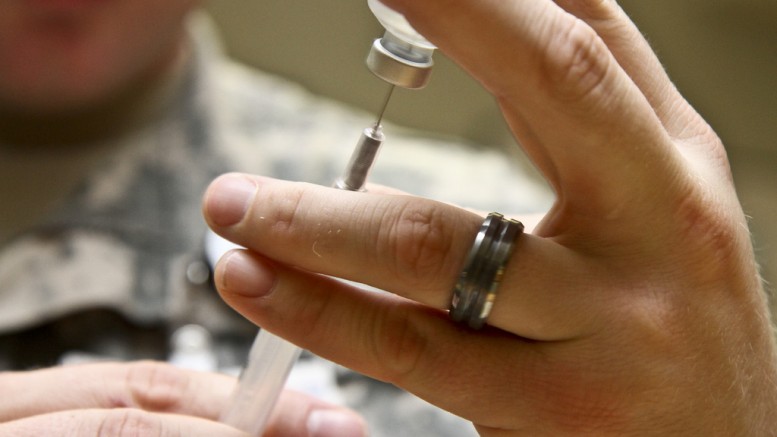The new normal has been a topic of discussion frequently, as of late. Healthcare organisations have developed a new normal that works for them, including patient contact, infection control, and how surgical procedures are performed. The events over the last 18 months have proved that there needs to be new policies, procedures, and equipment to cope with the ever-changing requirements of the medical world.
But when will the new normal come into play? Below, we will discuss what that might look like and when it will come into play.
Is The New Normal Already Here?
Some will argue that the new normal is already here. Hospitals around the globe are feeling less of a strain, but of course, the winter rush is nearly upon us. Naturally, in the winter, health care sectors struggle to cope with the additional demands of patients with specific needs. However, hospitals now have stringent rules in place that aim to prevent the spread of infection. Most hospitals have restricted visiting hours, regularly test patients for COVID-19, and enforce the use of additional PPE for airborne procedures.
It is now the new normal for some hospitals to ask for a negative lateral flow test upon arrival, and they screen all patients for COVID-19 when admitted to the ward. Some will argue that this is the new normal. Until, of course, more advancements in the vaccine program allow for relaxed rules.
Innovative New Technology and Equipment
Perhaps innovative technology and equipment will be at the forefront of the new normal, especially where infection prevention is concerned. Infection prevention has always been at the top of the list in a clinical setting, but none more so than now. That’s why the medical world is welcoming the introduction of innovative equipment, such as the surgical retractor designed by June Medical. The device uses medical-grade plastic that is used once before discarding. It means fewer people need contact with the retractor, which means less chance of infection.
Other technology, such as the advancement of video consultations between doctors and patients, is defining the new normal. Previously, doctor’s appointments in GP surgeries would happen face-to-face. Now, GP appointments primarily occur via a video link if necessary, but most of the time, a phone call is all that’s needed. It’s a new normal that most GP surgeries have adopted, and it just makes sense.
What’s Still To Come?
Recent events have led to a total change in the way health care is delivered, taking many services out of a clinical setting and putting them online. Hospitals should look to use innovative technology that puts patient safety and infection prevention at the heart of what they do, and that’s what specific aspects of telemedicine are doing.
Medical rounding, used in the US, promotes safety amongst medical teams and patients. UC San Diego Health developed a technology that allows professionals to connect to any room at the click of a button, allowing doctors to collaborate on patient care virtually.
When the new normal will be here is yet to be seen, and some would argue that there will never be a new normal. Recent events have proven that hospital organisational structures need to be improved to support hospitals at maximum capacity.
